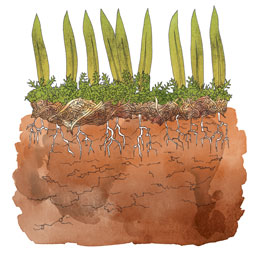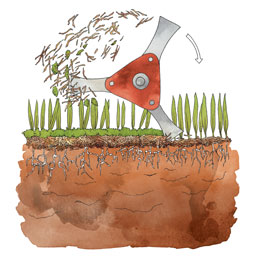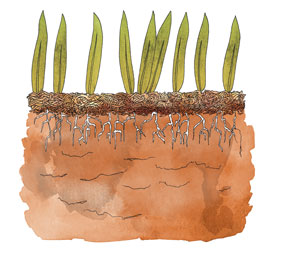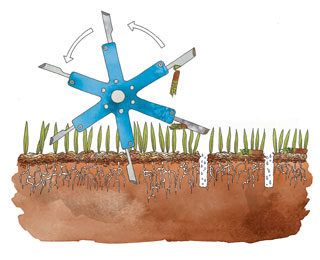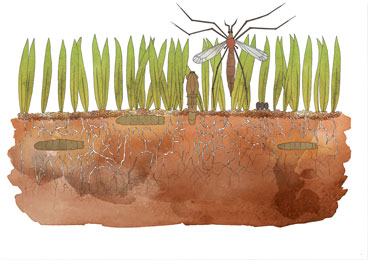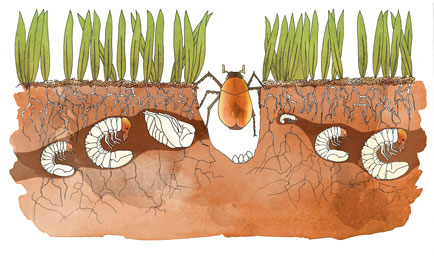
Additional treatments
Scarification
Why does my lawn need scarifying?
What does Scarification do?
Aeration
Why does my lawn need Aerating?
What does Aeration do?
Seed Over-sow
Why does my lawn need a seed over-sow?
When is the best time to over-seed?
Over-seeding is carried out for the following reasons
Pest Control
What are Leatherjackets?
What are Chafer Grubs?
